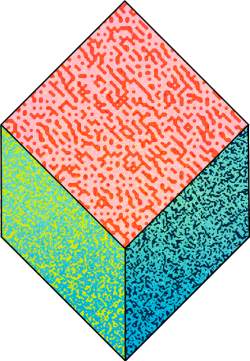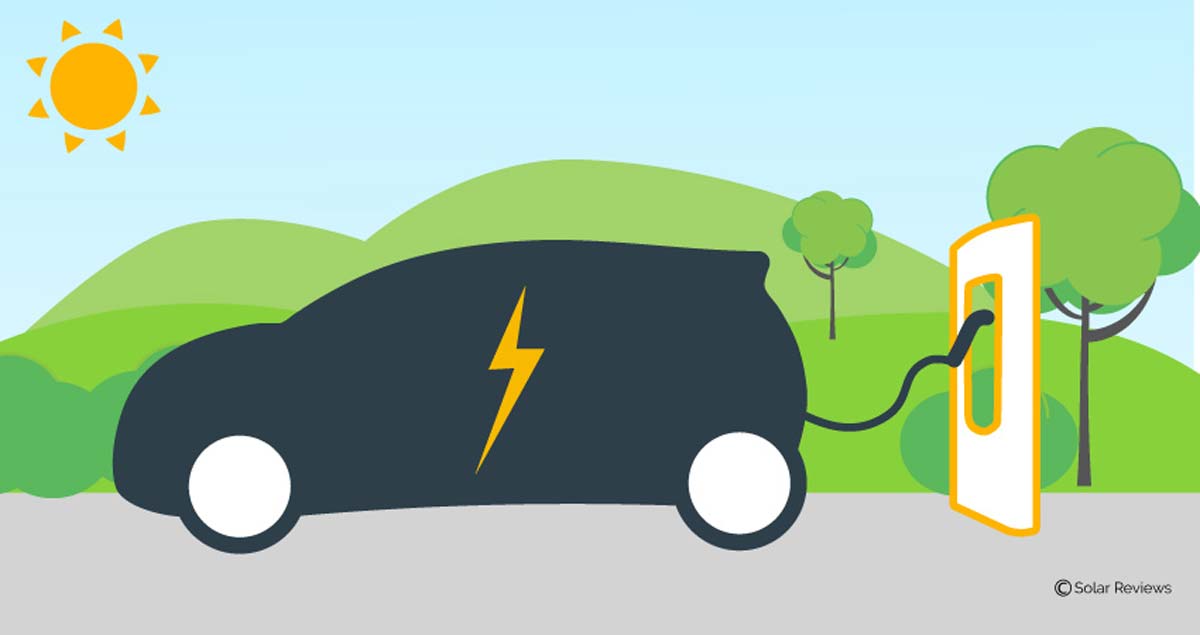If you want to destroy air pollution, for the last two decades your car of choice has been the Toyota Prius. We can thank the free market for that.
Rather than listening to politicians, companies like Toyota and Honda focused on developing new technology that serves their customers and the environment. While politicians use only the tools they have at hand, the free market creates new tools.
In 1990, California politicians declared that two percent of vehicles sold in the state by 1998 must be zero-emission, electric cars. They increased the requirement to five percent in 2001 and to 10 percent in 2003. The chasm between technological reality and political ideology soon forced state officials to abandon the first targets, leaving only the 2003 percentage target in place. In 1998, they changed the rules again to include partial-zero-emission vehicles, known as PZEVs or, more commonly, hybrid vehicles.
What made them change their minds? Innovation in the free market.
Introduced in Japan in 1997, the Toyota Prius was the first hybrid vehicle on the market, using the battery to power the car for short distances and a gas-powered engine for longer drives. Two years later, Honda followed with the hybrid Insight.
These companies did not build their hybrids to meet arbitrary government targets. Just the opposite – politicians changed their regulations to acknowledge the new reality created by the market.
Car companies created hybrid vehicles to attract consumers who wanted an environmentally friendly car that was also comfortable, safe and fast. In 2001, when new cars averaged about 28 miles per gallon, the Prius got up to 52 miles per gallon. And, the base price of a Prius was less than $20,000, about $29,000 today.
Many people who drive a hybrid to reduce pollution also believe they should look to politicians to solve environmental problems. Ironically, the car they purchased shows that it is the market, not government, that is best at destroying pollution.
And, unlike politicians who promise to help the environment, environmentally friendly technology cannot be voted out of office.
Today, sales of the Prius have been falling. Why? Because of market competition.
More manufacturers are offering affordable hybrids and the price of electric vehicles (EV) is declining. Since Tesla launched its all-electric Roadster in 2008 at a price of more than $100,000, the price of electric vehicles has fallen to as low as $30,000.
There is still a problem with electric vehicles: range anxiety. EVs can take hours to charge and consumers worry about becoming stuck on the road, unable to find a charging station. Market innovators are solving that problem too.
Anyone looking for a charging station can open a free cell phone app provided by Chargepoint, one of the largest manufacturers or electric vehicle charging stations. The app shows an EV driver the location all nearby charging stations, whether a charging space is available, how fast it will charge the car, and what it will cost.
Finally, without the prosperity created by free-market economies, Toyota would never have built a car for customers willing to pay a little more for a vehicle that helps the planet. Tesla could never have sold a two-seat electric vehicle with a price tag exceeding $100,000 without early adopters who had the money and the passion to try a new technology.
The history of hybrid and electric vehicles is the story of market innovation. While politicians merely promised, market innovators actually delivered. As politicians were blaming others for their failures, the free market quietly went about destroying pollution.
By the way, California now hopes to achieve 10 percent of new vehicle sales as electric vehicles in 2025 – 22 years after politicians promised it would happen.










